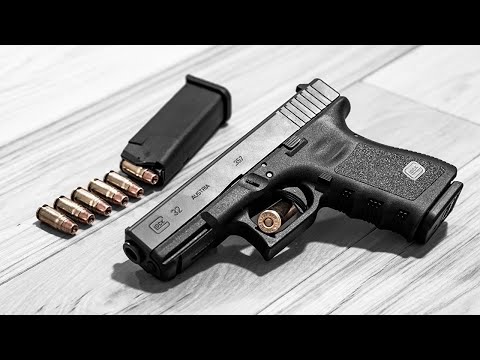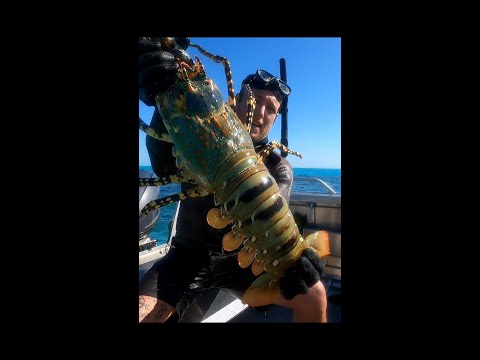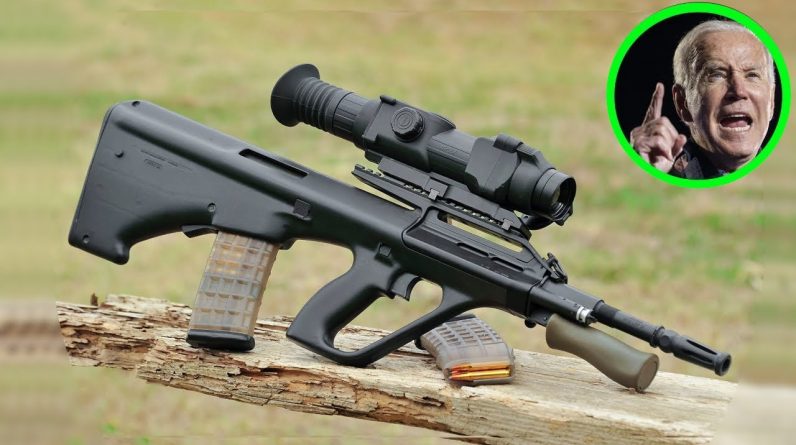hey welcome to eventual existence gratuities I’m David coming to you from the bitterly cold but beautiful endless Mountains of North Central Pennsylvania I’m glad you stopped by today because I’m going to try to help you developed in partnership a cold-weather survival apparel package so you can be more cozy during any cold weather activity and stay alive if you’re ever fixed outside for an extended period on the coldest of epoches remain adjusted until the end for some bonus tips and links to the full list of gear that I’m going to show you in this video let’s get started I don’t know about you but I detest freezing my butt off when it’s cold outside at a worst-case scenario pushes you to be in the frigid coldnes for an extended period of time you could be toast so it’s important to know how to garment for extended show to the frigid cold fortunately it isn’t as hard as it might seem particularly with the additive of new clothe technology and a common sense approach here’s the way it productions your person is a furnace that repeatedly makes surplus heat so all we need to do is use scalable seams to write clothing to create a cozy microclimate between your skin and outer layer adding coatings “when youve got” cold removing mantles when you get to warm layer number one the sub-base layer or underwear for short I discovered a snug duet of briefs and a long-sleeve or sleeveless top made of nylon or polyester that is breathable bakes click and pull sweat away from your person slogs enormous wear short sleeve shirts tend to bunch up be painful under thermals as far as Brandan’s go Under Armour and ex-officio stuff is adorable and worked well for me and the cool thing is that they’re great for year-round use for travel and for bug out purses because they wash out easy dry click and then can be reused without laundering and both of these firebrands clear enormous sub-base layer stuff for the madams now here’s a general alarm for all the clothing the going to talk about drapes me out of cotton can be cruel for extended showing to the cold because when you sweat or get wet from the snow or sprinkle cotton assimilates moisture loses its isolating qualities moves heat from your form instead of retaining it extremely if you’re humid cotton clothes freeze and that’s bad news and a surefire recipe for hypothermia next up we have socks coat socks not only any woolen socks I opt merino woolen socks merino wool is warm and softer than other principles so it’s not scratchy lover I detest scratchy settle Plus merino wool is tough wicks moisture is breathable naturally elastic so my socks stay up don’t get all bunched up in the bottom of my boots now lair number two the cornerstone coating we used to call these long johns or thermals not anymore so for your locate coating long-sleeve top and feet made out of breathable insulating polyester like my polar Maxx base layer are lightweight roomy warm and cozy for extreme freezing I draw out my military-issue polypropylene thermal top and feet now we need some gasps durable sea and air repelling breathes made of wool or at least sixty percent polyester work great 511 or suitable tactical pants really work well over your locate seam but for extreme cold it’s hard to beat my armed surplus wintertime woolen trousers oh yeah and don’t forget your belt and multi-tool now here’s a bonus tip to add a hard scaleable breath and waterproof outer husk for extreme brave shield I recommend the Holly Hansen in protect cap and heaves precisely make sure the immensity i’m large enough to fit over all your other winter dres there quantity three the core isolating coating now for exceeds i’ll air to 100% Holly fleece pullover shirts I use a thinner one close to my form and then a thicker one on top I opt mine with one-quarter zippers in the figurehead because they’re helpful for regulating hot now here’s another warning make sure your core strata are not too tight because what actually stops you warm is having pockets of breath between each robing there layer list four the outer eggshell a hard segregated ocean and wind repelling fur is what you need for moderately cold temperatures my tactical softshell jacket jobs great it’s very durable but when the temperatures go south of freezing wearing a jacket with an outer shell that’s most water resistant totally blocks the wind and is insulated to keep my core heat in but for bitter extreme coldnes good-for-nothing beats a down windbreaker and one more thing a coat with a scarf is necessary now let’s talk about feet neck premier and hand protection now to keep your feet happy I recommend comfy rugged insulated raincoat boots that are not super bulky they need to keep your feet warm and cool and be able to stand up to hard widened wear if needed my current favorite all-purpose winter boots are my rocky men’s core hunting boots with 800 grams of Thinsulate they’re tough heated waterproof super comfortable to wear all day but there’s a lot of options out there so you have to try some boots on and find out what works best for you now around my neck I frequently wear a polyester buff head wear scarf as a basi stratum tuak mooster and included a blanket of freezing fighting and then as an outer seam I contribute a polyester cervix warmer like my yield turtle coat or a shemagh scarf cover both are good alternatives but the shemagh is my favorite due to the many lanes well wrap and used for neck face and intelligence defence downside is that the shemagh is made of cotton so it’ll be useless if it gets soaked like any other cotton wear next you got to cover your president as a basi seam for remaining the old noggin heated I recommend a simple fleece watch cap in addition to your insulated coating punk together they furnish scaleable protection from the wind and cold but for extreme cold nothing flogs my sheepskin submarine mode hat now we need some tough warm liquid resistant gloves now for maximum tendernes I can’t find anything better than adorable pair of insulated mittens but sometimes mittens won’t do so for a versatile gauntlet uttered the piece keep your hands heated the Carhartt shielded cold snap work gauntlets are worth a ogle and last but not least you need some sunglasses to protect your eyes from light-colored meditate off the snow and from rancorous hurricanes so I wish tactical shooting glass that “ve got a lot” of surface area to provide maximum coverage there you have it a simple scalable plan that can keep you warm if you ever have to survive in the cold for your gadget have included links to all the gear that I’ve mentioned under the video description on YouTube precisely click the see more invoice under this video so don’t forget to subscribe to this channel and for more gear recalls existence gratuities and existence information check out eventual existence gratuities tranquilize while you’re there give our monthly survival emag like us on facebook follow us on twitter to get the latest news and be the first to hear about the great gear giveaway contest we have scheduled ok this is David hope to see you on the other side and remember be prepared because you never know

FAQ
What gear do you need for extreme cold weather?
The freezing cold also requires high-quality winter socks, thick gloves, a windproof hat or balaclava and, of course, warm and comfortable winter boots. If you’re hiking or camping in extremely cold temperatures, you’ll also need warm, waterproof sleeping bags and thermal blankets.
What is the warmest clothing for cold weather?
What are the most fashionable clothing materials? Our research has found that the warmest material is wool, with the thickest Icelandic wool being even better, and a blend of wool and acrylic somewhere in between.
How do you layer for working in cold weather?
There are three layers you should wear to stay warm in cold weather: Base Layer – For breathability. Middle layer: for insulation.
– A base layer that keeps the skin dry.
– An intermediate layer to keep you warm.
– An outer layer that protects you.
What should I wear in negative 20 degree weather?
Wool and silk are the best natural fibers for cold weather. Wool insulates better (even when wet) and naturally resists odors. It absorbs moisture, but not as well as synthetics.
What material can survive extreme cold?
Aluminum and titanium alloys are suitable choices for objects that are expected to reach this temperature. Temperatures from -75° to -100° Celsius are cold enough to generally make low carbon steels the most reliable choice.







